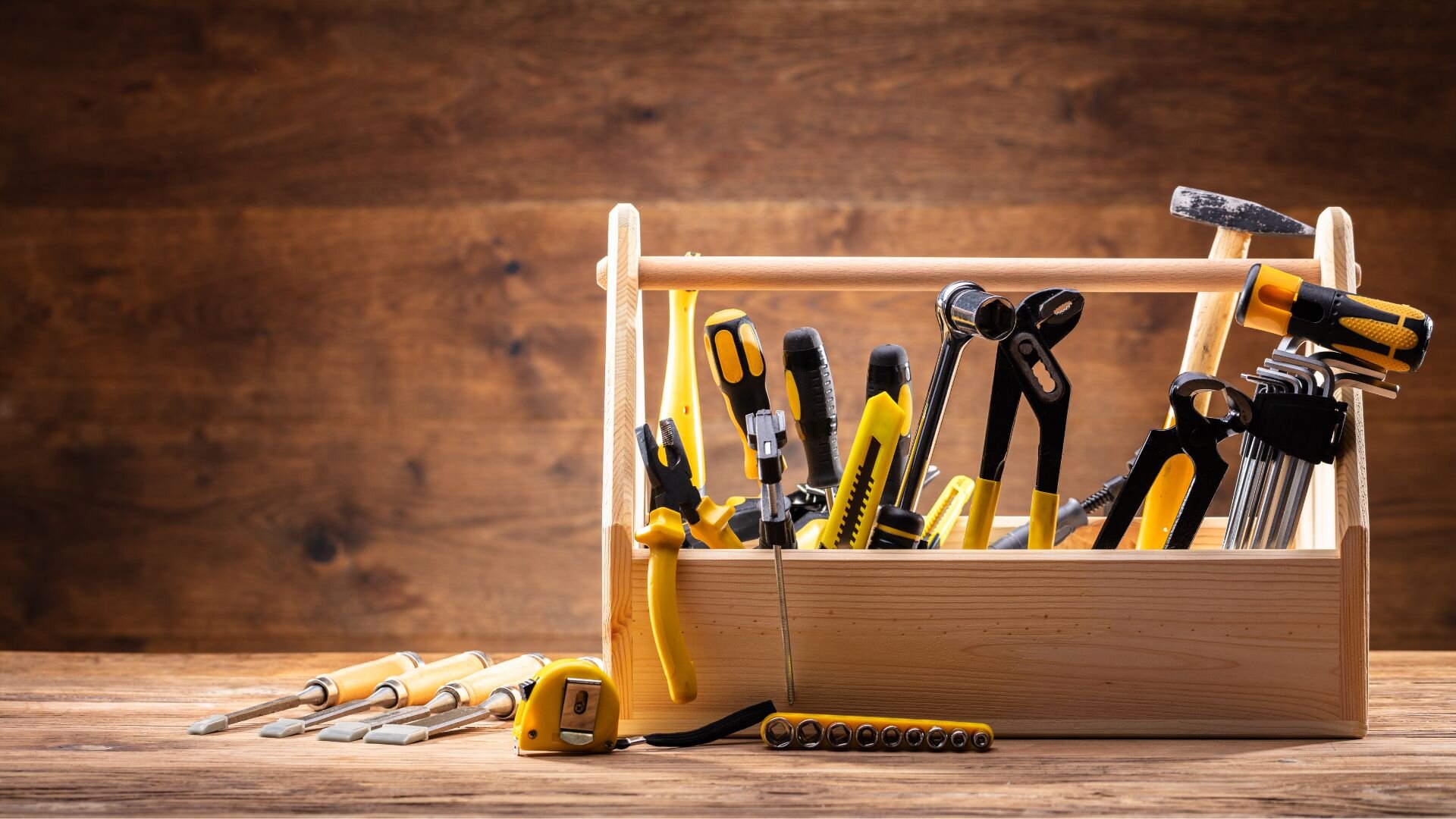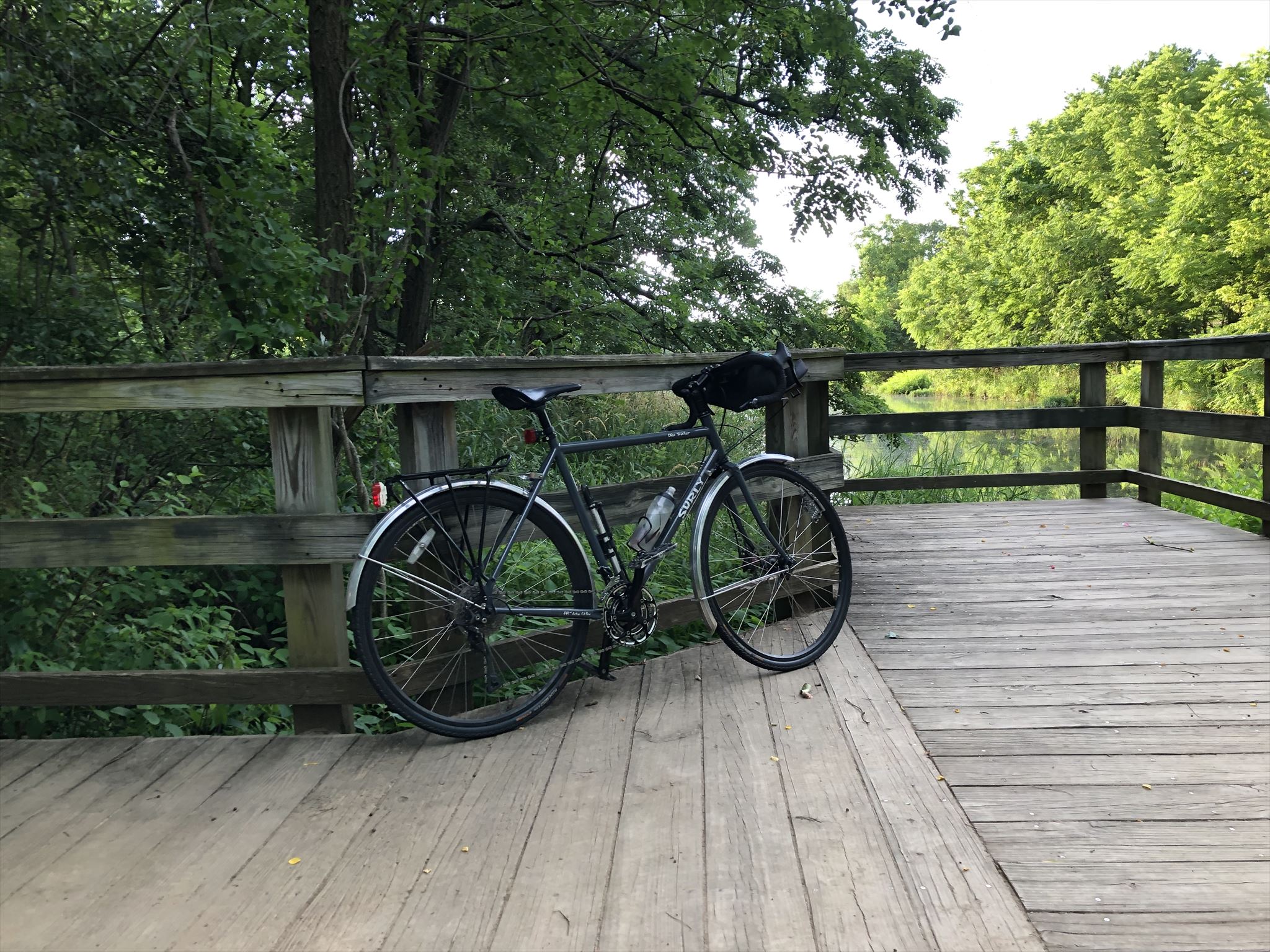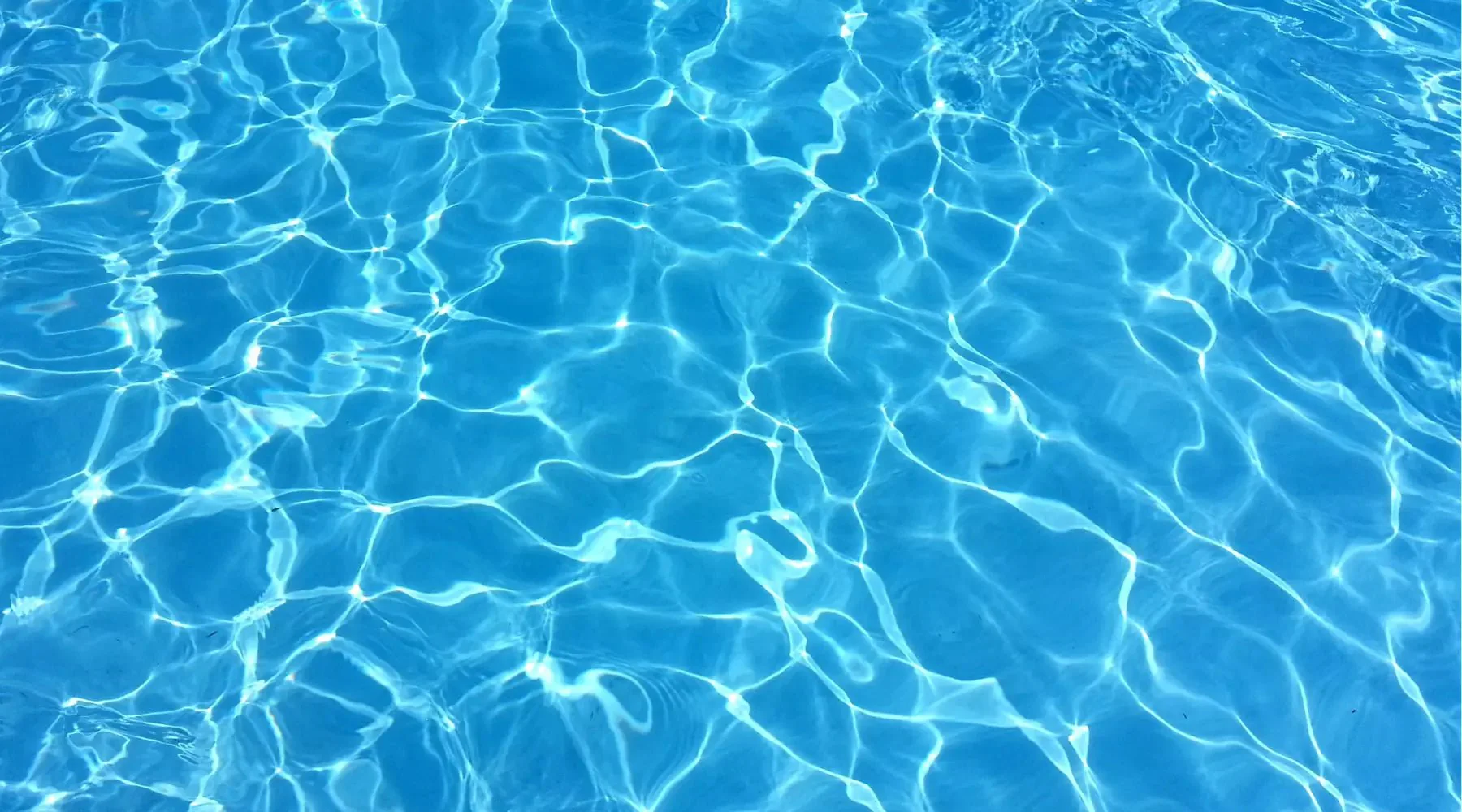So yesterday, about a year after starting, I finally finished grinding the grout out around the master bathroom tub. This is not a job I’d recommend doing with older tile, unless it is really valuable and/or has historical significance. It’s boring, dusty, tedious, and time consuming. Did I mention that it’s dusty? That cannot be understated. Our tile is very close together, with very narrow grout joints. They’re too narrow for a 1/16″ Dremel grout bit. I removed our grout with a Dremel diamond wheel, coupled to a right angle driver attachment. It worked, but it kicked up a LOT of dust. We have a layer of fine grout dust covering everything in the bathroom. It can also be fatiguing, particularly on overhead sections. When your arms get tired, it’s easy to slip and scratch the tile glazing with the tool. I burned through 2 diamond wheels on this job. You can tell that a wheel is shot when it’s lost around 1/8″ of its diameter, and it starts kicking up a lot of sparks and not cutting as well.
Now that the tub is finally grout-free, the next steps are to
- Clean up. Wipe everything down with a wet rag, top to bottom. Sweep up piles of loose grout dust with a dust pan. Let surfaces dry, then vacuum up remaining dust with shop vac. Then wipe with wet rag again.
- Clean tiles thoroughly and prep for new grout. Knock out and clean up any grout I couldn’t get to with the Dremel. Remove old caulk in a couple of spots.
- Regrout the tile.
- Misc improvements (new in-shower light fixture, faucet handles, shower head, exhaust fan, etc.)
- Put in new shower door.
I won’t be doing this again in this house. Our tile is not nice or historic enough to be worth the effort. It’s easier to rip everything out and start with new wall board and new tile. That’s what we’ll be doing when we get around to remodeling our other bathroom(s).


